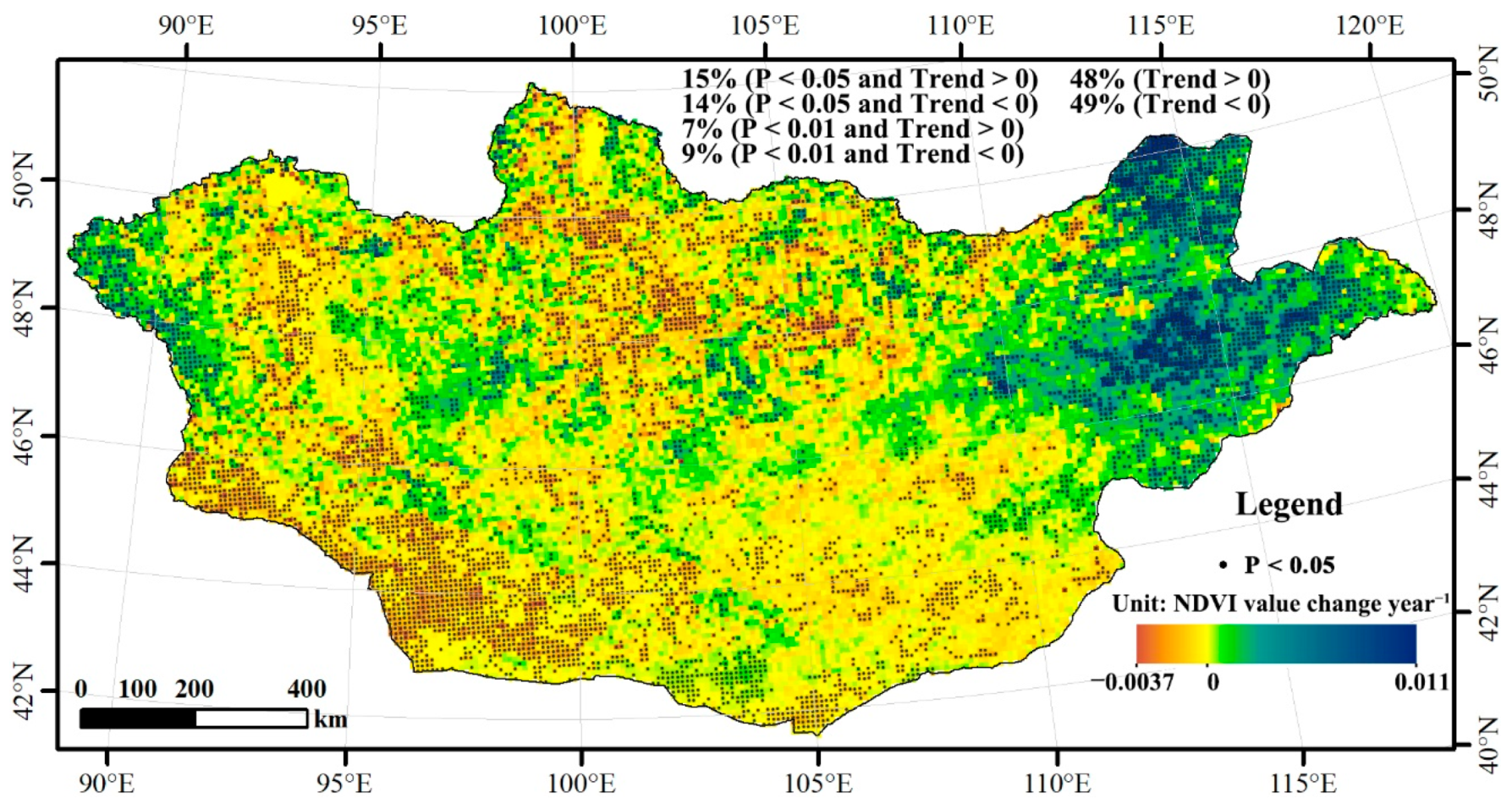Rising temperatures and shifting precipitation patterns have led to profound exacerbation of drought conditions in arid and semi-arid ecosystems, influencing regional environments, water resources, and agriculture. In recent years, the Mongolian Plateau, nestled within arid and semi-arid zones, has been grappling with severe drought.
Researchers from the Institute of Atmospheric Physics (IAP) of the Chinese Academy of Sciences have unveiled characteristics and mechanisms of summer precipitation variations on the Mongolian Plateau from 1979 to 2021. The study was published in Global and Planetary Change on July 20.
“We find significant interannual and decadal fluctuations in the dominant mode of summer precipitation on the Mongolian Plateau. This dominant mode is influenced by both internal atmospheric circulation and remote ocean forcing,” said lead author Dr. LI Yulan.
A teleconnection pattern of internal atmospheric circulation stretching from Northern Europe to the Arctic and East Asia, termed the North Pacific-Eurasian (NPE) wave train, has emerged as a key driver of summer precipitation variability in the Mongolian Plateau. Anomalous cyclonic circulation associated with the NPE pattern triggers enhanced vertical motion and water vapor convergence, leading to increased Mongolian Plateau precipitation.
Furthermore, anomalies in the North Atlantic dipole-like sea surface temperature trigger poleward-propagating zonal wave trains, contributing to heightened Mongolian Plateau precipitation. Sensitivity experiments have corroborated the influence of North Atlantic dipole-like sea surface temperature anomalies on Mongolian Plateau precipitation changes.
“Quantitative analysis further reveals that internal atmospheric NPE teleconnections account for approximately 21% of the total variance in Mongolian Plateau summer precipitation, while the impact of North Atlantic Ocean forcing, although comparatively weaker, explains around 10% of the total precipitation variance on the Mongolian Plateau,” said associate professor GONG Hainan, co-corresponding author of the study.
This study enhances our understanding of the complex interplay of atmospheric and oceanic processes driving drought intensification on the Mongolian Plateau. These insights will prove invaluable in developing strategies to mitigate the impacts of escalating drought conditions, noted by Prof. CHEN Wen, co-corresponding author of the study.
 3,575.44
3,575.44








